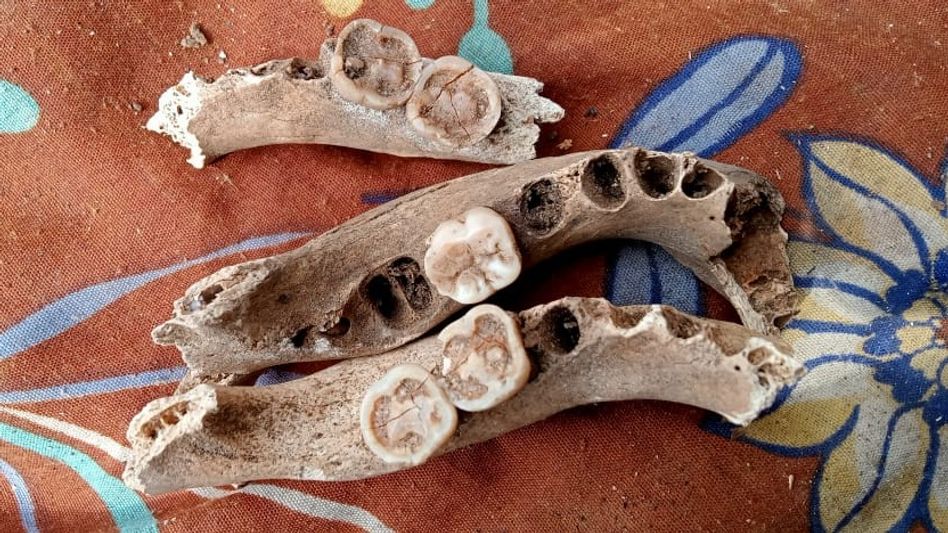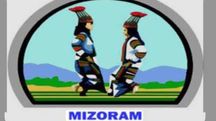Centuries-old human remains found in Mizoram cave shed light on ancestral history
Radiocarbon dating carried out at Beta Analytic Laboratory in Miami confirmed that the bones, including nine skulls, belonged to individuals who lived between 1260 and 1320 AD.

A cave in Mizoram’s Saitual District has yielded skeletal remains dating back more than 700 years, a discovery experts say could transform the understanding of Mizo ancestry and migration.
Radiocarbon dating carried out at Beta Analytic Laboratory in Miami confirmed that the bones, including nine skulls, belonged to individuals who lived between 1260 and 1320 AD. The findings make this one of the oldest known human remains linked to the region.
The cave, hidden deep inside Thingkhuang forest between Vanbawng and North Khawlek villages, was first explored by Khawlek villager Lalhminghlua on January 11. Inside, he came across the skeletal remains scattered in the darkness. The bones were later handed to the Indian National Trust for Art and Cultural Heritage (INTACH), Mizoram Chapter.
On May 2, an expert team led by archaeologist Vanlalhuma Singson from the state Art & Culture Department and Dr. Laltlanhlua of HATIM, Lunglei, examined the site. Samples were then sent for testing, which confirmed their medieval origin.
“This discovery is a milestone. It offers crucial insights into the origin and migration patterns of our people,” said an INTACH official.
Further research is underway, with INTACH, government departments, and Mizoram University planning DNA sequencing to establish the identity and ethnicity of the individuals.
Copyright©2025 Living Media India Limited. For reprint rights: Syndications Today









